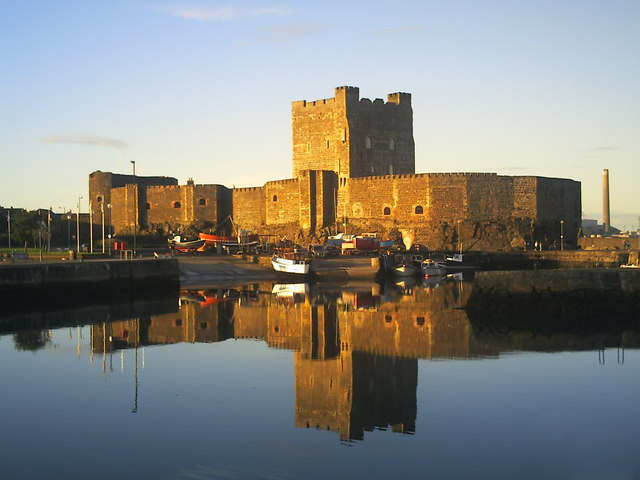Rossbeigh, County Kerry
Kerry has a clean beauty of bone about it denied to the other more fleshy counties of Ireland, for although this southwest corner was notably glaciated in the Ice Age it was not overcoated by Drift to the same extent. Clear hard outlines and boldly-drawn...








